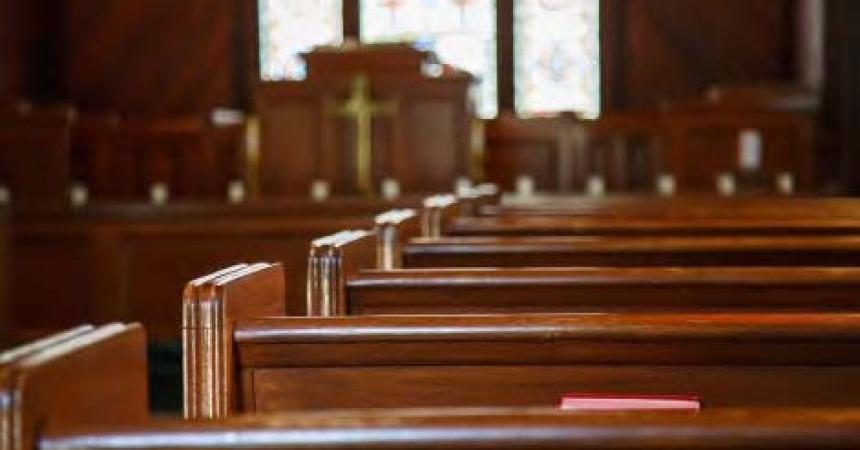
Diversity remains elusive in U.S. churches
By Zenitha Prince
Trice Edney News Wire
Churches in the United States remain bastions of segregation decades after the Civil Rights Movement produced legal barriers to the practice.
In 1963, the Rev. Dr. Martin Luther King Jr. said, “It is appalling that the most segregated hour of Christian America is 11 o’clock on Sunday morning” and, according to experts, that assertion remains true today. About eight-in-ten American congregants still attend services at a place where a single racial or ethnic group comprises at least 80 percent of the congregation, according to findings from the most recent (2012) National Congregations Study, as cited by the Pew Research Center.
And a new study from Baylor University has found that churches that attempt to create more racially diverse congregations find themselves with scantier pews. Researchers based their findings on analysis of data from more than 11,000 congregations in the Evangelical Lutheran Church in America (ECLA) from 1993-2012, as well as data from the U.S. Census Bureau.
They found that while diversity doubled in the two-decade period, membership declined by 22 percent. “Racial diversity itself is not a detriment to growth,” said lead author Kevin Dougherty, associate professor of sociology in Baylor’s College of Arts & Sciences, in a statement. “It is the process of changing the racial composition of a congregation that causes difficulties.”
The study, “Congregational Diversity and Attendance in a Mainline Protestant Denomination” tests the belief that homogenous congregations are more likely to grow, the researchers said. “That philosophy for a long time discouraged church leaders from striving for diversity,” said study co-author Gerardo Martí, associate professor of sociology at Davidson College. “But in coming to terms with the historic racial segregation of American congregations, White pastors in the 1990s aggressively committed to overcoming discrimination, urging members to bring in those from ancestral backgrounds and reaffirm the Gospel as rooted in relationships, unity and love. Racial diversity has become a central, and sometimes dominating, ambition for many White churches.”
Despite those ambitions, the researchers concluded that churches that start off as multiracial are more likely to be successful at increasing diversity in a denomination. “We conclude that new congregations started as multiracial represent the best opportunity for diversifying a denomination,” Dougherty said. “It may be that nondenominational congregations may be more adaptable, since they do not have a denominational heritage to sustain.”
The report was published in the Journal for the Scientific Study of Religion.







